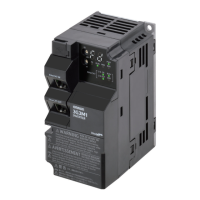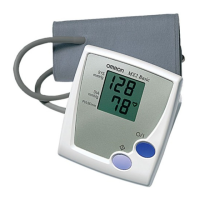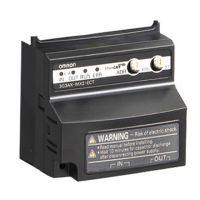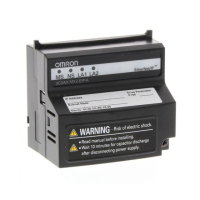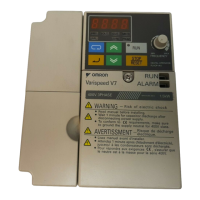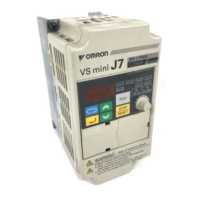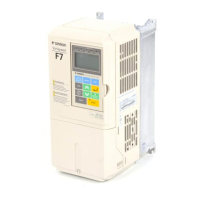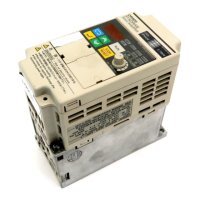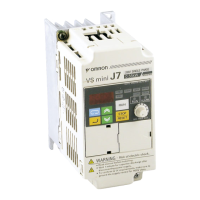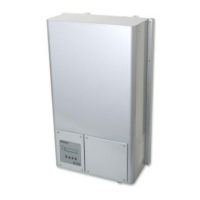AVR function, V/f characteristics switching, Upper/Lower limit, Multi-step speed (16 steps), Starting
frequency adjustment, Jogging operation, Carrier frequency adjustment, PID control, Frequency
jump, Analog gain/bias adjustment, S-shape acceleration/deceleration, Electronic thermal charac-
teristics/level adjustment, Restart function, Torque boost function, Fault monitor, Soft lock function,
Frequency conversion display, USP function, 2nd control function, UP/DOWN, Overcurrent sup-
pression function, etc.
DC reactor, AC reactor, Radio noise filter, Input noise filter, Output noise
filter, Regenerative braking unit, Braking resistor, etc.
*1. If you must use the motor at higher than 50/60 Hz, check the allowable maximum motor speed and other infor-
mation with the motor manufacturer. If you must use the motor at higher than 400 Hz, use the high-frequency
mode.
*2. To achieve stable motor control, the output frequency may exceed the maximum frequency set in the 1st/2nd
Maximum Frequency (A004/A204) by a maximum of 2 Hz.
*3. In the VT (light load) mode and the PM motor mode, the available functions are limited compared with the CT
(heavy load) mode. For some parameters, the default data and setting range also differ.
*4. By default, the maximum frequency is adjusted to 9.8 V for a voltage input of 0 to 10 VDC and to 19.8 mA for
a current input of 4 to 20 mA, respectively. If necessary, adjust the default parameter settings. For details, refer
to 7-3-4 Analog Input Adjustment on page 7-25.
*5. The analog voltage and current values for the multi-function monitor output terminals show values that can only
be used as a guide for analog meter connection. The maximum output value may differ from 10 V or 20 mA
due to the variability of the analog output circuit. If necessary, adjust the default parameter settings. For details,
refer to 7-3-7 Terminal AM (Analog Output) on page 7-29.
*6. Derating of the rated output current of the inverter may be required depending on the normal/light load mode
selection, operating ambient temperature, side-by-side installation, and carrier frequency settings.
Use the inverter in an appropriate environment according to A-1 Derating on page A-2.
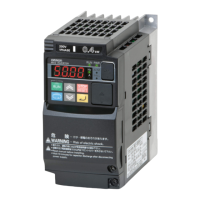
